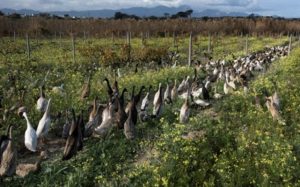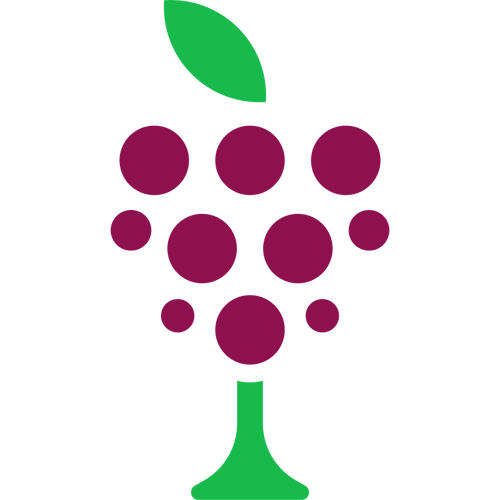What constitutes
Vegan Wine?
Wine is made from grapes and yeast. The only ingredients in beer – at least according to the Reinheitsgebot – are malted barley, water and hops (they didn’t realise exactly what yeast was doing in the 16th Century). So why are most of these drinks not vegetarian or vegan?
There’s a quickish answer and some more complicated ones. The one-word response is “clarification”.
Wine and beer require yeast to “eat” the sugars in the grape juice, or malted barley, and then “poop” alcohol! If that wasn’t bad enough, it also “burps” CO2 into the air. Then it dies, and leaves its carcass in the vat or barrel. Enjoy your drink.
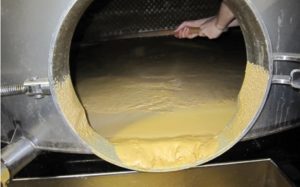
“These dead yeast cells are called “lees” (die Weinhefe / les lies), and they make the wine very cloudy. When making still wine, nearly all winemakers remove them before bottling. “
There are three methods of removing impurities from wine, all of which have been employed to deliver you with the crystal clear glass of white wine that you are sampling:
1. Racking. This simply means siphoning the wine out of the barrel or vat, and leaving a load of gunk behind. I have never heard of a wine which is not racked. You can rack your wine several times, from decreasingly-small vessels, in order to get rid of most of the sediment. No animals involved, unless you count the winemaker’s teenage children who have been co-opted to help on pain of losing their wifi access.

“2. Filtering. In the same way that you pour coffee through filter paper to make it less gritty, you can pass the wine through a filter which catches most of the microscopic particles. Still no animals involved.”
3. Fining. This is where things get interesting. “Schönung” in German, and “collage” in French, this process involves passing a fining agent through the wine. Here are a couple of typical fining agents – see if you can see the problem: cow’s blood, egg whites.
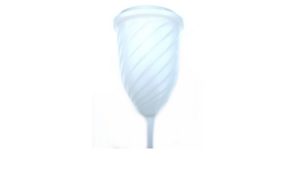
The wine is neither vegetarian, nor vegan: bull’s blood, isinglass (a substance made from the swim bladders of fish), gelatine (made from animal bones).
The wine is vegetarian, but not vegan: milk, egg whites, casein (derived from milk proteins).
The wine is vegan: bentonite (a clay), soja, plant-based gels, silica, plant casein, activated carbon, PVPP (don’t ask).
We should also mention at this point that there are at least 3 other benefits from fining wine: it can lighten the colour (by removing colloids), it can reduce the astringency or bitterness (by removing tannin particles), and it can diminish some faults.
It’s also possible to abstain from fining (or even filtering) the wine, but this is mainly a red-wine story.
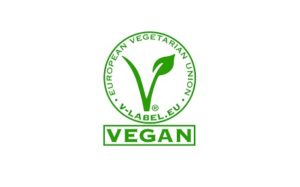
“So unfiltered red wine is always veggie and vegan – and wine that hasn’t been fined is too! This can leave you with a sediment in your bottle, which you can deal with by being careful, or by decanting.”
As well as unfined red wine, these bottles are generally vegan, because fining is not a thing:
• sparkling wine
• fortified wine
• brandy / Cognac (and whisky, to continue the beer comparison)

However, for the strict vegan there are other considerations:
Is it OK that many animals may have been killed by mechanical harvesting?
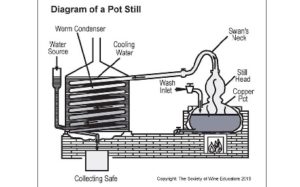
What about if beeswax is used to seal the container? Or if milk-based glue is a component in the cork?
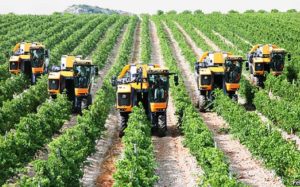
How about farmers releasing ducks into the vineyards to eat snails and locusts in the fields? Ladybirds are also sometimes employed.
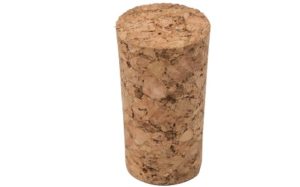
Organic farmers often rely on rabbits etc eating the grass that grows between the vines. Is this OK?
Biodynamic agriculture involves burying animal horns and poop under the vines. This sounds problematic for vegans?
So many questions!
And there are other ethical considerations:
Food miles.
GMO.
Organic agriculture.
Fair-trade economic practice.
